
How to Align Your SEO with Google AI Overviews
Stand out in AI Overviews. Learn how to optimize your content, improve E-E-A-T, and increase chances of being cited in Google’s AI-generated summaries.
Many businesses that rely on Search Engine Optimization (SEO) are adjusting their strategies as AI Overviews transform how users interact with search results. That’s why the future of SEO now centers on user experience, requiring marketers to adapt quickly and evolve alongside these rapid changes.
This transformation is primarily driven by Google’s rollout of AI Overviews, which began as an experiment called Search Generative Experience (SGE) in May 2023. After a year of testing, it officially launched in May 2024 as AI Overviews (AIOs). By May 2025, Google expanded its AI mode in the U.S., followed by a global rollout in over 200 countries in June 2025.
As AIOs change search behavior, rethinking new strategies is essential to create authentic and user-focused content that aligns within AI-driven search results.
Source: Ahrefs
Key Takeaways
- 46.5% of the URLs featured in AI Overviews are from pages that rank outside the top 50 organic search results. [Advanced Web Ranking]
- Websites featured in AIOs see a significant drop in organic traffic due to reduced Click-through Rates. [Search Engine Land].
- AIOs tend to favor established sources and leave out independent or new perspectives.
- Optimizing content for AIOs requires a shift from traditional SEO to creating structured, clear, and fact-based content that AI systems can easily extract and summarize.
TABLE OF CONTENTS
Features and Benefits of AI Overviews
Impact on SEO and Digital Marketing
11 Key Strategies to Rank in Google AI Overviews
FAQs About Google AI Overviews
Features and Benefits of AI Overviews
AIOs help users gain information and insights effectively and efficiently. To put it simply, it summarizes large volumes of texts into concise, relevant, and easily digestible content. It also provides a quick snapshot without the need to read through the entire document or source.
Key Features
- Customizable output: Users can specify summary length or focus areas for quick reading.
- Multilingual support: It supports multiple languages to enhance accessibility.
- Contextual understanding: AIOs understands context, tone, and intent behind the text.
- Integration with search engines: AIOs are increasingly being integrated into search engines.
- Highlighting key information: AIOs identify and highlight important names, dates, concepts, and data points.
Benefits of Using Google AI Overview
AIOs also offer powerful advantages that transform how you consume and interact with information. Here are the business benefits of using AI Overviews:
- Time efficiency;
- Improved decision-making;
- Enhanced learning and retention;
- Reduces information overload;
- Supports accessibility, and
- Scalability.
To further explore how your business can adapt to AI-driven search, check out our SEO 2.0 guide:
Impact on SEO and Digital Marketing
This rapid adoption marks a fundamental shift in how people consume information online and how marketers adapt their strategies.
Potential Decline in Organic Click-Through Rates (CTR)
One of the most immediate concerns for SEO professionals is the potential drop in traffic due to AI Overviews providing complete answers directly in the SERP.
Early data suggests that AI Overviews could lead to an 18–64% decrease in organic clicks for affected queries. Although, history also shows that initial drops from search changes often lead to higher overall search volume. So, it balances out or even increases total visibility.
Shift in Content Optimization Strategies
With AI summarizing content instead of simply matching keywords, marketers are encouraged to optimize for ranking and also for being included in AI Overviews. This means creating clear, factual, and structured content that AI systems can easily read and present.
That said, content that is written to answer questions directly should include supporting data, and use headings and formatting to make it easier for AI to extract key points.
Increased Competition for Visibility
Only a few sources are typically cited in each AI Overview, meaning competition for those spots will intensify. That’s why brands with authoritative, well-structured, and semantically rich content are most likely to stand out in AI-driven search results.
Moreover, Google tends to favor trusted and recognizable brands in these overviews. It reinforces the importance of building brand equity and credibility across platforms.
Emphasis on Brand Authority and E-E-A-T
As AI Overviews rely heavily on credible sources, E-E-A-T (Experience, Expertise, Authoritativeness, Trustworthiness) becomes even more critical. By establishing a strong presence beyond your website, it helps position your brand as a reliable source in the eyes of AI-powered search engines.
Learn more in this blog about how E-E-A-T can influence your search engine rankings:
Need for Strategic Content Creation
To succeed in this new environment, content should be written with both humans and AI in mind. While AI helps find information faster, it’s the human touch that builds trusts, drive engagement, and influences decisions.
Best practices include:
- Using clear headings and subheadings
- Including structured data where relevant
- Answering questions concisely and directly
- Supporting claims with data and citations
Tools like Semrush Market Explorer, ChatGPT, Deepseek, and Perplexity AI help marketers identify trending topics and create AI-friendly content more efficiently.
Learn more about the essential role of human-written content in the age of AI.
Integration with AI Tools
Digital marketers who adopt AI tools into their workflows will gain a competitive edge. According to Exploding Topics, 86% of SEO professionals and companies who leverage AI in their workflows report improvement in performance. From keyword research, competitor analysis to content creation, AI-powered tools are simplifying processes and enabling smarter decision-making.
11 Key Strategies to Rank in Google AI Overviews
With AIOs summarizing content from multiple sources directly in SERPs, being featured is now as crucial as ranking in traditional organic search results.
Here are key strategies to help your content rank and be featured in Google AI Overviews:
1. Identify Your Target Keywords
Focus on keywords where AIOs are already appearing. Use platforms like Ahrefs, Semrush, or SE Ranking’s Competitive Research tool to identify which of your target keywords trigger an AI Overview. Prioritize high-value keywords with strong intent alignment, especially informational and commercial queries where AIOs are the most common.
2. Track Emerging Keyword Opportunities
Get ahead of the competition by focusing on emerging topics before they become highly competitive. Leverage platforms like Google Trends, AnswerThePublic, Hootsuite, and other social listening tools to find rising trends and questions your audience is asking.
With early optimization, it increases your chances of being cited as AIO frequency grows for those terms.
3. Improve Organic Rankings
Search Engine Land data shows that 75% of AI Overview citations come from pages ranked in the top 12 positions for a given query. This means improving your organic rankings remains one of the most effective ways to secure a spot in AIOs. It’s best that you focus on core SEO practices like keyword optimization, content quality, and backlink acquisition.
After all, achieving higher rankings for your targeted keywords increases your chances to be cited in AIOs.
Find out about our content strategies that boost rankings, engagements, and conversions here:
4. Build Brand Authority and Mentions
Google’s AI tends to favor well-known and trusted brands, especially for topics like health, finance, and legal information. It would be ideal if you increase brand visibility through media mentions, guest contributions, and link building to improve recognition by AI systems. This includes participating in third-party websites, online forums, news, and social media platforms.
5. Format your Content for AIO
Structure your content in a way that makes it easy for AI to analyze and summarize:
- Use clear headings that reflect user questions (e.g., “What is X?” or “How to do Y”)
- Include short, direct answers at the beginning of each section
- Use bullet points, numbered lists, and FAQs
- Add visual elements like charts, images, and videos
- Keep paragraphs concise and language conversational
6. Adopt the Question, Answer, Expand Framework
AIO wants to deliver short, concise answers to user queries with the option to access more in-depth information. Thus, apply a Question, Answer, and Expand framework into your content.
- Question: Address the user’s query directly in the heading
- Answer: Provide a short, complete summary in the first paragraph
- Expand: Go into more detail in the following text
This format aligns with how AI Overviews extract and present information.
7. Reference Trusted Sources and Cite Data
Accuracy is crucial for AI-generated responses. It’s highly recommended to reinforce your claims with data from credible sources and cite them clearly. Whenever possible, include original research, statistics, or expert insights that other sources can’t easily replicate.
8. Optimize for E-E-A-T and YMYL Standards
E-E-A-T is increasingly important not only for organic rankings but also for inclusion in AIO, particularly in industries like healthcare and finance. In addition, Google uses a human team of quality raters to manually assess YMYL (Your Money or Your Life) topics. In this way, it avoids inaccurate information that could negatively impact people’s lives.
Therefore, ensure qualified authors write your content, including author bios and links to verified credentials.
9. Keep Content Fresh and Updated
Outdated content won’t stay relevant to AI Overviews. That’s why you should regularly review and update your top-performing pages to ensure accuracy, add new insights, and maintain relevance. As a general SEO rule, refresh critical content every 6–12 months or sooner if the topic evolves quickly.
For more insights, explore the importance of content updates for your website’s SEO here:
10. Use Structured Data Effectively
Structured data helps Google better understand your content and increases the likelihood of being featured in AI Overviews, especially for long-tail and complex queries. As early as now, implement schema markup such as FAQ, Article, or HowTo to enhance context and visibility.
By implementing a structured data markup to your pages, you can appear as a rich result for relevant queries.
11. Master Technical SEO
Even the best content won’t be included in AI Overviews if Google can’t crawl and index it properly. So, ensure your site is technically sound with:
- Proper internal linking;
- Clean URL structures;
- Fast loading times (Core Web Vitals);
- Mobile-friendly design, and
- Correct use of robots.txt and sitemaps.
Google has emphasized that technical SEO remains foundational in the age of AI search.
Conclusion
Google AI Overviews will continue to transform how users interact with search results. By aligning your SEO strategy with these changes, it is more likely to maintain visibility, engagement, and credibility across AI-powered SERPs.
However, this evolving landscape demands a more strategic and adaptive approach. Working with a top SEO agency in the Philippines can help you stay competitive to meet both user expectations and AIOs. So, amplify your online visibility in the age of AI search with our trusted SEO experts today.
FAQs About Google AI Overviews
What is the future of SEO with AI Overviews?
SEO will continue to evolve toward user-centric, high-quality content that aligns with AI systems’ understanding. That said, businesses and marketers should focus on building brand trust, creating structured and factual content, and leveraging AI tools to stay competitive.
Will AIOs replace traditional search results?
Not entirely. While AI Overviews change how information is presented, they still rely on existing web content. But, the goal is to enhance user experience by providing quick answers while directing users to source websites when more detail is needed.
Should I still focus on traditional SEO practices?
Yes. Traditional SEO remains essential because the majority of AI Overview citations come from the top 12 organic rankings. By improving keyword targeting, backlinks, and technical SEO, it increases your chances of appearing in both regular search results and AI Overviews.
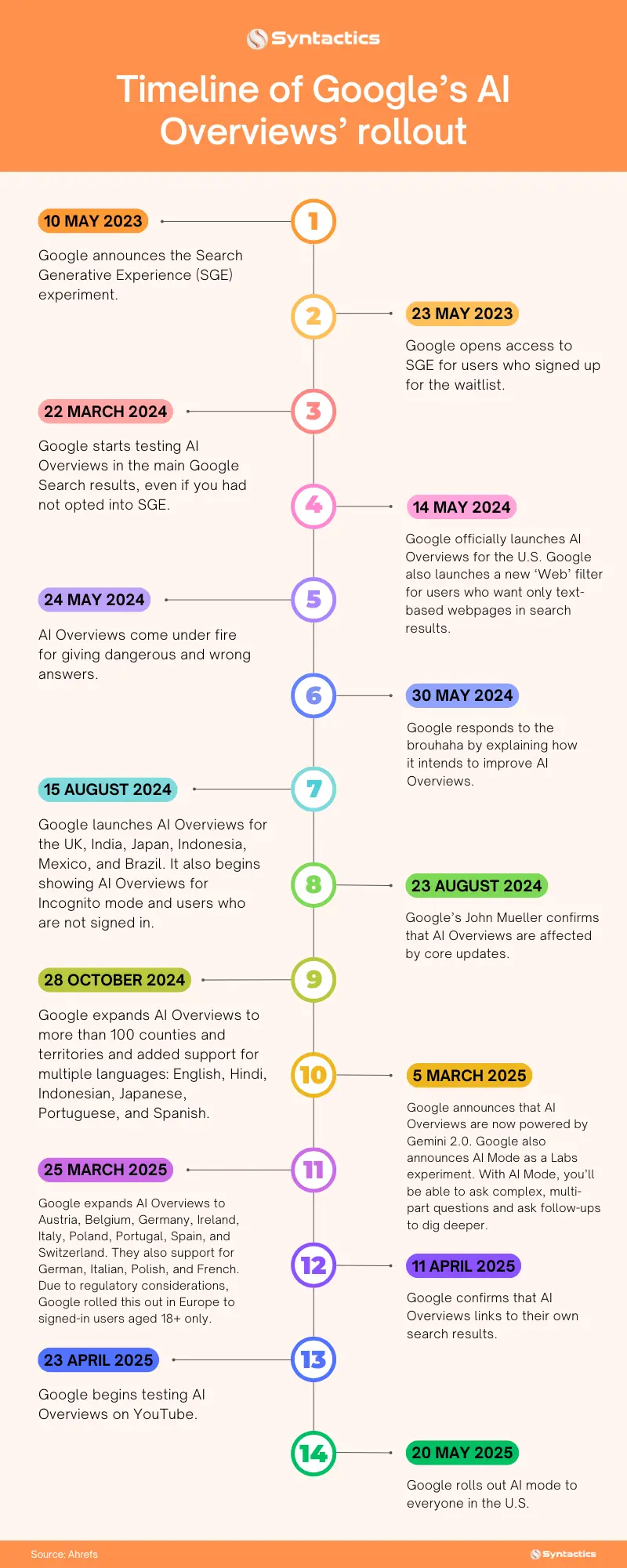
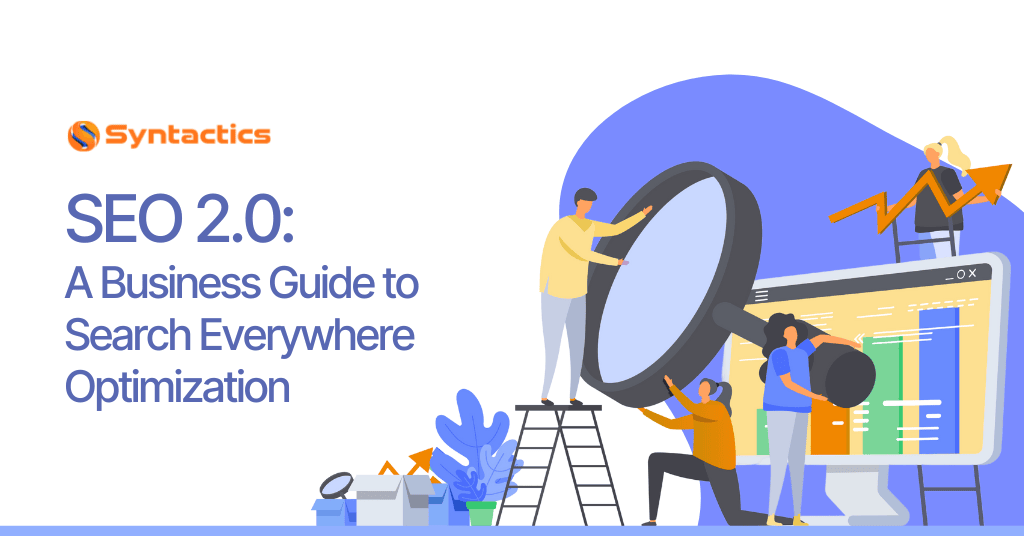
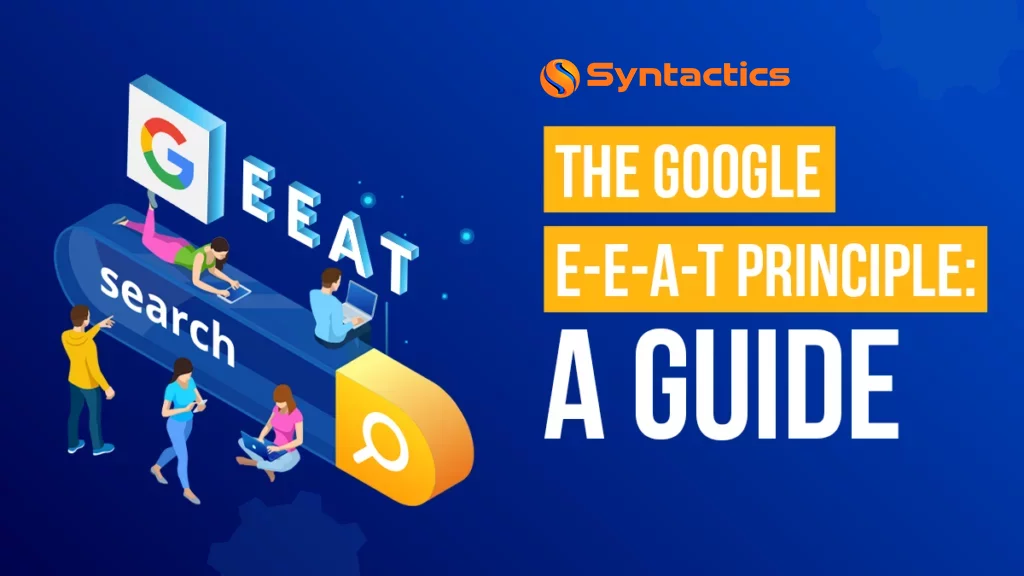
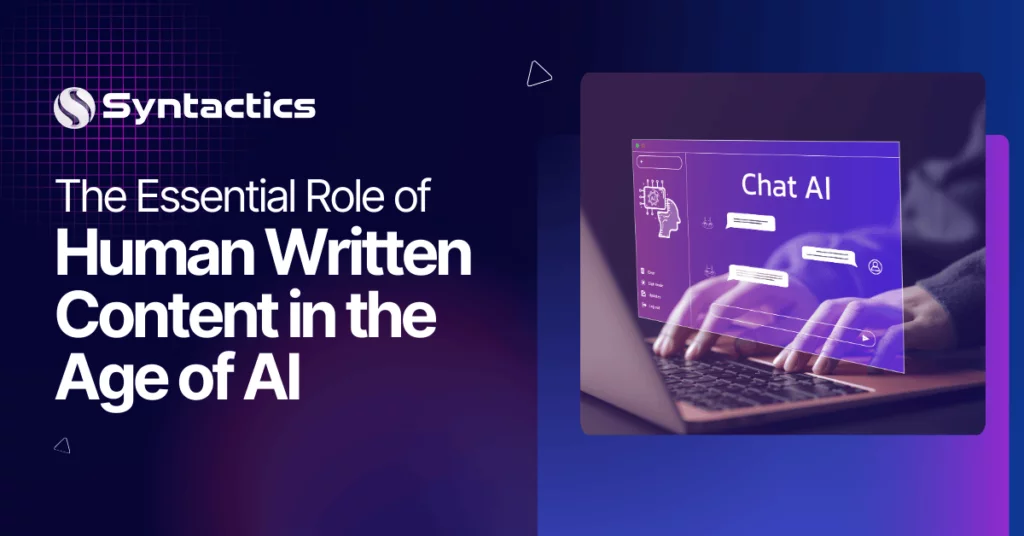

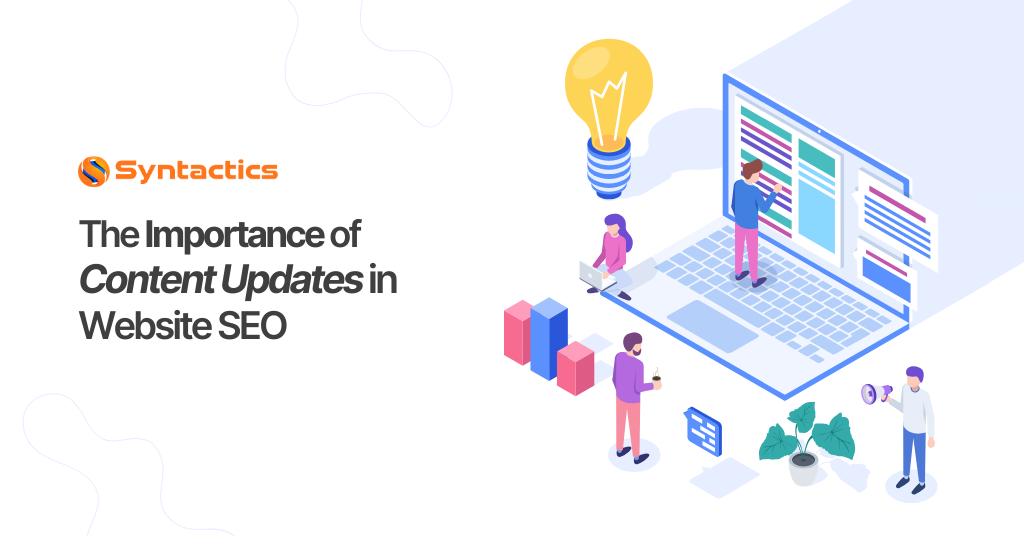
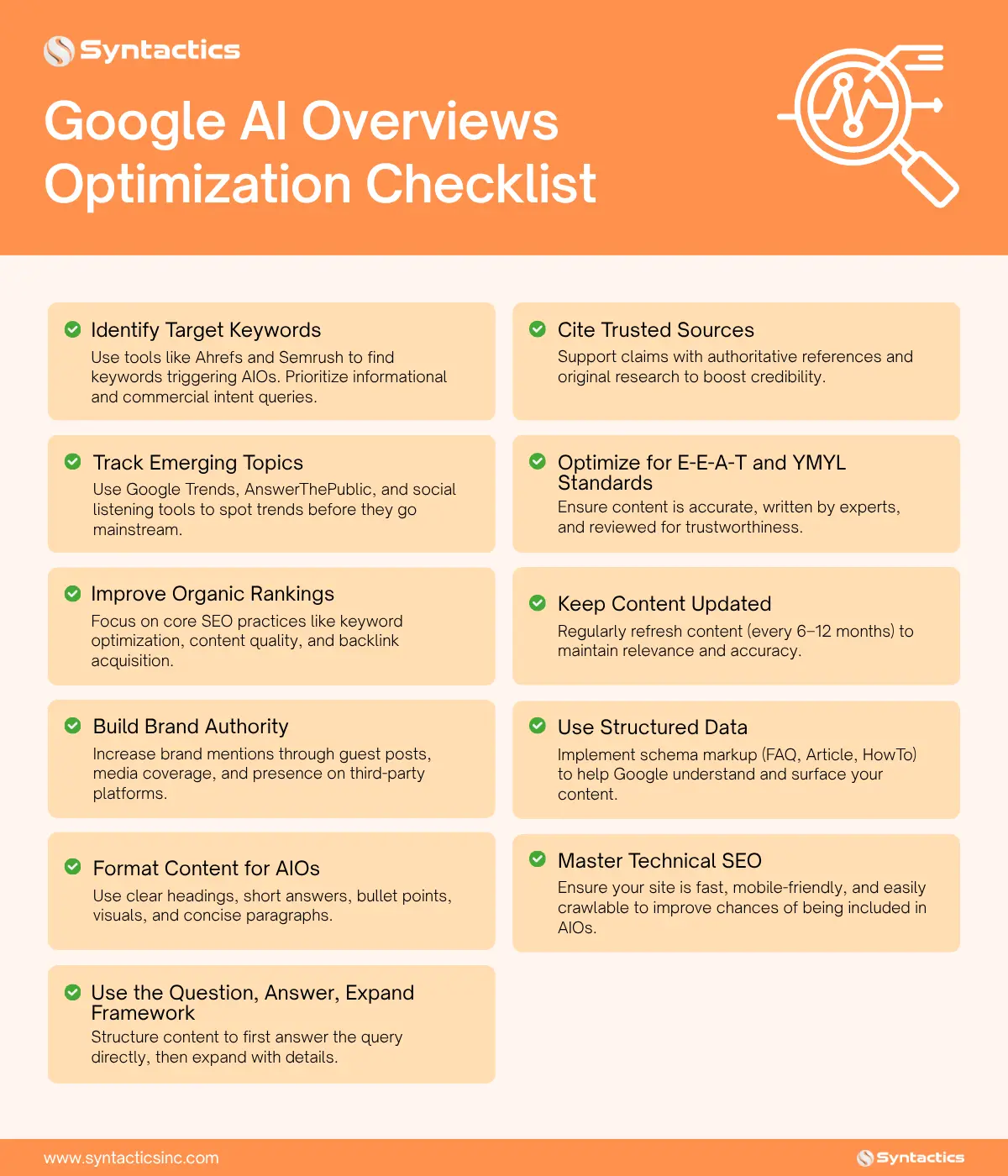




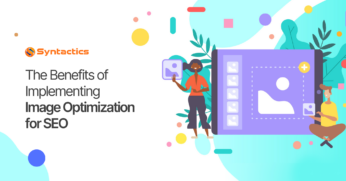





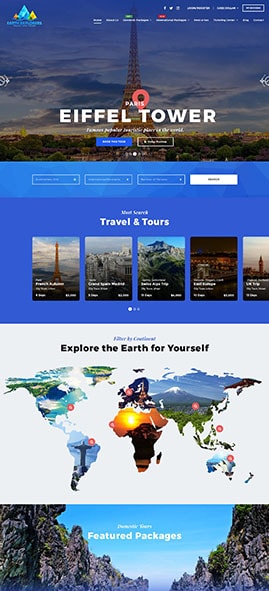
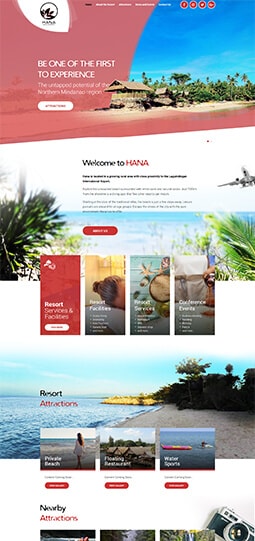

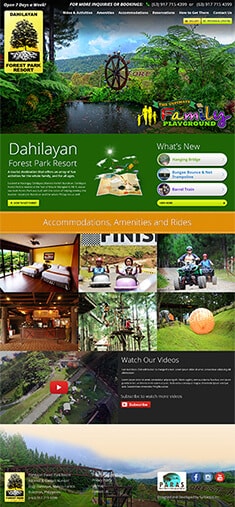

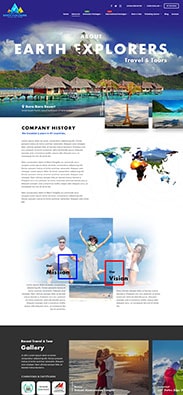

Comment 0